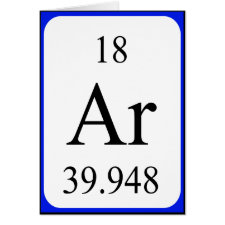
Authors: Singh M, Tarannum N, Kumar A
Article Title: Selective recognition of fenbufen by surface-imprinted silica with iniferter technique.
Publication date: 2014
Journal: Journal of Porous Materials
Volume: 21
Issue: (5)
Page numbers: 677-684.
DOI: 10.1007/s10934-014-9814-7
Abstract: Fenbufen, a member of nonsteroidal antiinflammatory drugs and widely used in the treatment of rheumatoid arthritis was imprinted by utilizing a zwitterionic polymeric format, N-[(phenylenediammonium) maleimidopropane sulfonate] copolymer. Imprinting was carried out by grafting polymer on a photoiniferter modified silica gel via living radical polymerization. Electrostatic interactions along with complementary H-bonding and other hydrophobic interactions inducing additional synergetic effect between the template (fenbufen) and the imprinted surface led to the formation of imprinted sites. Grafted molecularly imprinted polymer (MIP) was characterized by FTIR and surface area measurements besides the recognition, rebinding and selectivity studies. The surface area, pore diameter and pore volume of the MIP are 259.06 m2/g, 4.99 nm and 0.32 cm3/g, respectively. The MIP was able to selectively and specifically take up fenbufen quantitatively. Hence, a facile, specific and selective technique using surface-grafted specific molecular contours developed for specific and selective uptake of fenbufen in the presence of various interferrants, in different kinds of matrices is presented
Template and target information: fenbufen
Author keywords: molecular imprinting, iniferter, Fenbufen, Surface area, silica, porosity



Join the Society for Molecular Imprinting

New items RSS feed
Sign-up for e-mail updates:
Choose between receiving an occasional newsletter or more frequent e-mail alerts.
Click here to go to the sign-up page.
Is your name elemental or peptidic? Enter your name and find out by clicking either of the buttons below!
Other products you may like:
 MIPdatabase
MIPdatabase









